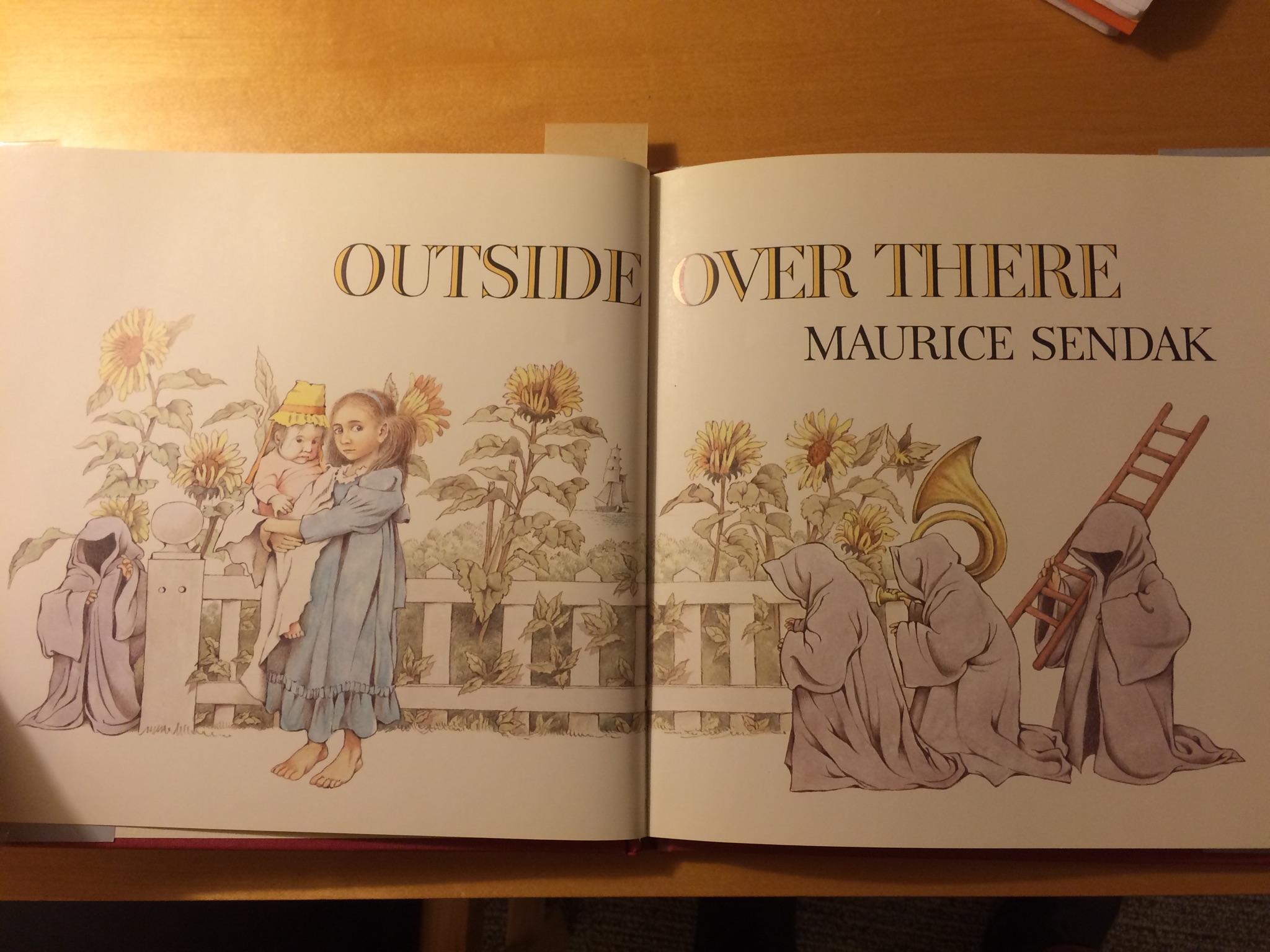When I first read Christina Rossetti’s “Goblin Market”, I took it to be a poem about the dangers of female sexuality, pre-marital sex, race, and emotional entanglement, with a sexual assault (or, quite possibly, rape) scene thrown in for kicks and giggles. So hearing that this poem is for children kind of blew my mind. I mean, look at the scene on page 12:
“One may lead a horse to water,
Twenty cannot make him drink.
Though the goblins cuffed and caught her,
Coaxed and fought her,
Bullied and besought her,
Scratched her, pinched her black as ink,
Kicked and knocked her,
Mauled and mocked her,
Lizzie uttered not a word;
Would not open lip from lip
Lest they should cram a mouthful in:
But laughed in heart to feel the drip
Of juice that syrupped all her face,
And lodged in dimples of her chin,
And streaked her neck which quaked like curd.
At last the evil people,
Worn out by her resistance,
Flung back her penny, kicked their fruit
Along whichever road they took,” (12)
Well. That’s not disturbing at all. If there wasn’t a word limit on this prompt, I’d quote the preceding pair of stanzas, but I think the above gets my point across quite well. This poem uses the good sister, Lizzie, to suggest that nice young women don’t have sex. In fact, nice young women are so against pre-marital sex that it is impossible to rape them, because they just won’t “open lip from lip.” Great. It’s always encouraging to hear the suggestion that if women just resist hard enough, they cannot be raped (although the poem does suggest they can still be brutalized, and have “juice” sprayed all over their faces, which is does not sound pleasant in the least).
This stanza is more than just victim blaming, though. If Lizzie were to “open lip from lip,” like her younger sister did, she would become addicted to something she can never have again. In this case, that something is goblin fruit, although the juicy, juicy fruit is a thinly veiled representation of sex. That relationship between fruit (sex) and addiction is a clear warning to young women that if they start having sex before marriage, they will be unable to resist the temptation to do it again. In the poem, this addiction leads them to waste away, but it suggests a slightly less fatal outcome for actual Victorian women who give in to temptation. Victorian men wanted to marry virgins, so if a woman was found to be having sex, it probably wouldn’t have be good for her marriage prospects. In a society where marriage and procreation make up a woman’s entire purpose in life, losing the chance for those things to happen would mean an end to her future. The loss of a future is strikingly similar to the loss of a life, so suddenly, a deadly addiction to fruit makes a lot more sense in the context of Victorian sexuality.
